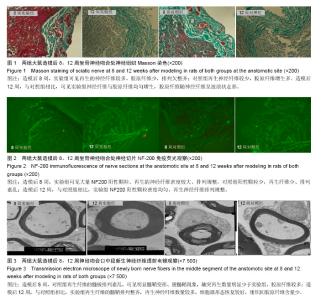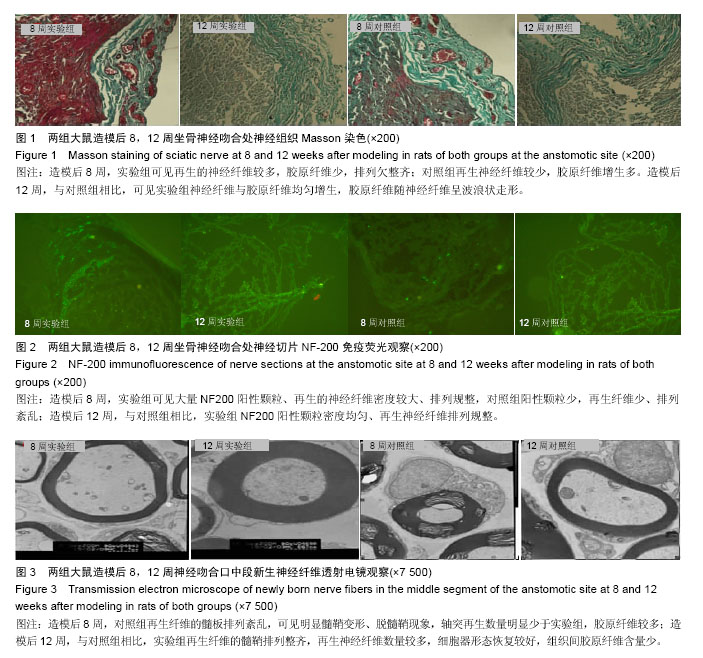| [1] Liu X,Zhou C, Li Y, et al.SDF-1 promotes endochondral bone repair during fracture healing at the traumatic brain injury condition. PLoS One.2013;8:e54077.
[2] Yang TY,Wang TC,Tsai YH,et al.The effects of an injury to the brain on bone healing and callus formation in young adults with fractures of the femoral shaft. J Bone Joint Surg Br.2012;94:227-230.
[3] 刘冠华,张柳,梁春雨,等.脑损伤合并骨折可加速骨折愈合及异位骨化[J].中国组织工程研究,2012,16(46):8721-8726.
[4] Zhuang YF, Li J.Serum EGF and NGF levels of patients with brain injury and limb fracture. Asian Pac J Trop Med.2013;6:383-386.
[5] 杨海林,董金波.血清素与NGF在脑外伤合并骨折患者血清中的表达及临床意义[J].中国现代医学杂志,2012,22 (13):44-47.
[6] 何新泽,王维,呼铁民,等.周围神经损伤的修复:理论研究与技术应用[J].中国组织工程研究,2016,20(7): 1044-1050.
[7] Liu HW, Wen WS, Hu M, et al. Chitosan conduits combined with nerve growth factor microspheres repair facial nerve defects. Neural Regen Res.2013;8: 3139-3147.
[8] 刘焕兴,季日旭,麻光喜,等.碱性成纤维细胞生长因子注射方式及剂量对大鼠外周神经损伤修复的影响[J]. 医药导报,2014,33(1):5-7.
[9] 黄海涛,刘华蔚,胡敏.神经营养因子促周围神经再生的研究进展[J].神经解剖学杂志,2013,29 (5):599-602.
[10] 王刚,范顺武,李强,等.神经生长因子梯度缓释系统促进周围神经再生的临床疗效观察[J].中华显微外科杂志, 2013, 36(6):558-562.
[11] Wang W, Gao J, Na L, et al.Craniocerebral injury promotes the repair of peripheral nerve injury. Neural Regen Res. 2014;9(18):1703-1708.
[12] Feeney DM, Boyeson MG, Linn RT, et al.Responses to cortical injury: I.Methodology and local effects of contusions in the rat. Brain Res.1981;211:67-77.
[13] Schiaveto de Souza A, da Silva CA, Del Bel EA.Methodological evaluation to analyze functional recovery after sciatic nerve injury.J Neurotrauma. 2004;21:627-635.
[14] 田峰,田立杰,季相禄.抑制胶原纤维合成延缓失神经支配骨骼肌[J].中国修复重建外科杂志,2007,6(21):561-564.
[15] 陈莉,周士东.病理学:英汉对照[M].北京科学技术出舨社, 2010:43-56.
[16] 吴朝阳,张文明,张立群,等.锂剂促进周围神经损伤修复的初步研究[J].中华手外科杂志,2011,27(2):69-72.
[17] 董黎强,成信法,尹航,等. 龙血生肌膏对大鼠失神经支配创面神经肽P物质分泌的影响[J].浙江中医药大学学报, 2013,37(6):761-762.
[18] Smit X, van Neck JW, Afoke A,et al. Reduction of neural adhesions by biodegradable autocrosslinked hyaluronic acid gel after injury of peripheral nerves: an experimental study. J Neurosurg. 2004;101(4):648-52.
[19] 李沫. 预防大鼠坐骨神经修复中瘢痕粘连及促进神经再生的作用研究[D]. 西安: 第四军医大学, 2012: 15-33
[20] Pan YA, Misgeld T, Lichtman JW, et al. ffects of neurotoxic and neuroprotective agents on peripheral nerve regeneration assayed by time-lapse imaging in vivo. Journal of Neuroscience.2003;23(36):11479-11488.
[21] 周成,姜原涛,薛金伟,等.不同强度磁场对大鼠外周神经瘢痕形成的影响[A].医学研究与教育,2014,31(16):5-9.
[22] Konofaos P, ver Halen JP. Nerve repair by means of tubulization: past, present, future. J Reconstr Microsurg. 2013;29(3):149-164.
[23] Sunderland IR,Brenner MJ,Singham J,et al.Effect of tension on nerve regeneratlon in rat sciatic nerve transection model.A nn Plast Surg.2004;53(4):382-387.
[24] Atkins S, Smith KG, Loescher AR,et al. Scarring impedes regeneration at sites of peripheral nerve repair. Neuroreport.2006;17:1245-1249.
[25] Que J,Cao Q, Sui T, et al.Tacrolimus reduces scar formation and promotes sciatic nerve regeneration. Neural Regen Res.2012;7(32):2500-2506.
[26] 蒋文华.神经解剖学[M].上海:复旦大学出舨社,2004:10: 90-98.
[27] 朱家恺,罗永湘,陈统一.现代周围神经外科学[M]. 上海科学技术出舨社,2007:10:150-156.
[28] 李强,伍亚民,申屠刚,等.FK506缓释剂促进周围神经轴浆运输功能恢复的实验研究[J].中华创伤骨科杂志, 2011, 13(10):947-950. |



